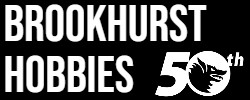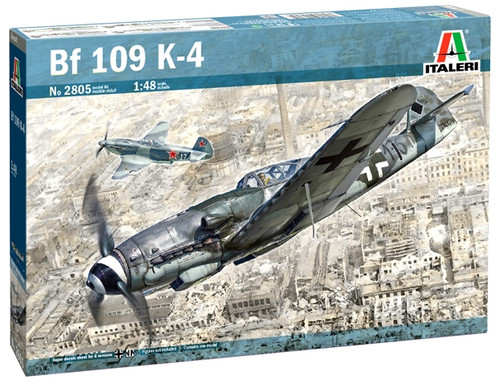Product Description
Using specially commissioned artwork and detailing technical specifications, this book explores the Bf 109's different roles occasioned by wartime necessity, from its employment as a fighter to its evolution as a fighter-bomber.
One of the principal types in the Luftwaffe's inventory at the beginning of World War II, the piston-engined Bf 109 was central to the many initial victories that the Germans achieved before coming up against the unbeatable RAF during the Battle of Britain. Nevertheless, by the second half of 1940 the Bf 109's operability was widened due to operational needs and it was flown as a fighter-bomber for precision attacks in Southern England. At first ad hoc conversions were made 'in the field' to allow the aircraft to carry a bomb or extra fuel tank. Such modifications were soon formalised by Messerschmitt, which created the Jabo Bf 109s.
Drawing from pilots' first-hand accounts, author Malcolm V. Lowe explores the number of specialised units, including Lehrgeschwader 2 and dedicated fighter-bomber sections of standard fighter units such as 10. Staffel of Jagdgeschwader 26, which flew this highly specialised fighter-bomber. Including technical specifications, rare photographs and outstanding artwork, this book explores the Jabo versions of the Bf 109E, F and G both on the production line and with the addition of Rüstsätze field conversion kits.




